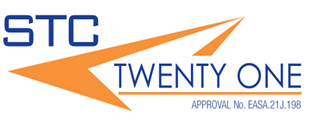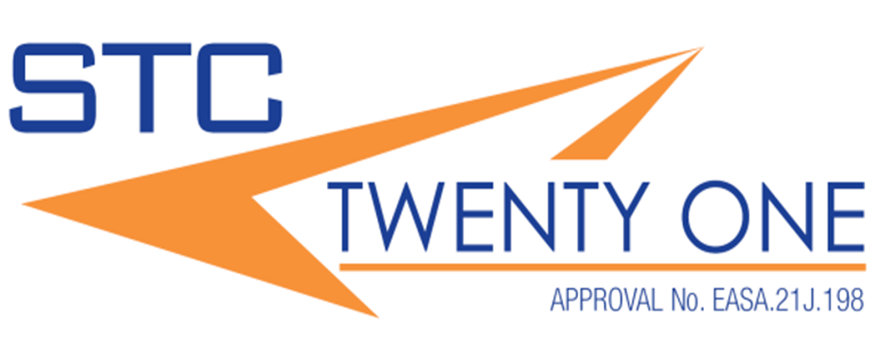

Introduction of SSR Mode S Enhanced Surveillance System
Overview
Introduction
Introduction of Mode S SSR (Secondary Surveillance Radar) which is a process that allows selective interrogation of aircraft according to the unique 24-bit address assigned to each aircraft. Recent developments have enhanced the value of Mode S by introducing Mode S EHS (Enhanced Surveillance).
Your needs
Regulation (EU) No 1207/2011 requires that all flights operating as general air traffic in accordance with instrument flight rules within the EU are equipped with mode S transponders.
Your benefits
· Unambiguous aircraft identification. The availability of almost 17 million unique aircraft addresses, in conjunction with the automatic reporting of flight identity, permits the unambiguous identification of aircraft independently of any Mode 3/A code assignment. Mode S is the primary means of correlating radar tracks with system flight plans in automated ATC systems.
· Improved integrity of surveillance data. Selective interrogation and the superior resolution ability of Mode S over existing SSR and MSSR installations eliminates synchronous garble, resolves the effects of over interrogation and simplifies aircraft identification in the case of radar reflections.
· Improved air situation picture and tracking. Radar controllers are presented with a better current air situation picture through system acquisition of flight identity and enhanced tracking techniques. The greater accuracy of Mode S radars (less random or systematic errors together with the production of more stable speed vectors) results in an improved horizontal and vertical tracking capability over current SSR installations.
· Alleviation of Mode 3/A code shortage. The situation concerning SSR code shortage in the EUR Region is reaching a critical stage. The unique aircraft address ability of Mode S will, in conjunction with other measures, help ease this problem.
· Improvements to Safety Nets- The ability of Mode S to eliminate synchronous garbling, to produce a more stable speed vector and to acquire aircraft altitude reporting in 25ft increments (if supported by compatible barometric avionics), provides valuable improvements to the quality of safety nets. These improvements should reduce the number of nuisance alerts and enhance the integrity of separation assurance.
· Increased target capacity. In order to handle current and forecast increases in traffic, Mode S radars can process many more aircraft tracks (approximately double the number) than conventional MSSR installations.
Product Description
Please contact modification supplier for further details.
STC Status: Revision Level: n/a
STC Date: 12-10-2007
Responsible Office:
BOEING 767-200-300
Your benefits
· Unambiguous aircraft identification. The availability of almost 17 million unique aircraft addresses, in conjunction with the automatic reporting of flight identity, permits the unambiguous identification of aircraft independently of any Mode 3/A code assignment. Mode S is the primary means of correlating radar tracks with system flight plans in automated ATC systems.
· Improved integrity of surveillance data. Selective interrogation and the superior resolution ability of Mode S over existing SSR and MSSR installations eliminates synchronous garble, resolves the effects of over interrogation and simplifies aircraft identification in the case of radar reflections.
· Improved air situation picture and tracking. Radar controllers are presented with a better current air situation picture through system acquisition of flight identity and enhanced tracking techniques. The greater accuracy of Mode S radars (less random or systematic errors together with the production of more stable speed vectors) results in an improved horizontal and vertical tracking capability over current SSR installations.
· Alleviation of Mode 3/A code shortage. The situation concerning SSR code shortage in the EUR Region is reaching a critical stage. The unique aircraft address ability of Mode S will, in conjunction with other measures, help ease this problem.
· Improvements to Safety Nets- The ability of Mode S to eliminate synchronous garbling, to produce a more stable speed vector and to acquire aircraft altitude reporting in 25ft increments (if supported by compatible barometric avionics), provides valuable improvements to the quality of safety nets. These improvements should reduce the number of nuisance alerts and enhance the integrity of separation assurance.
· Increased target capacity. In order to handle current and forecast increases in traffic, Mode S radars can process many more aircraft tracks (approximately double the number) than conventional MSSR installations.


